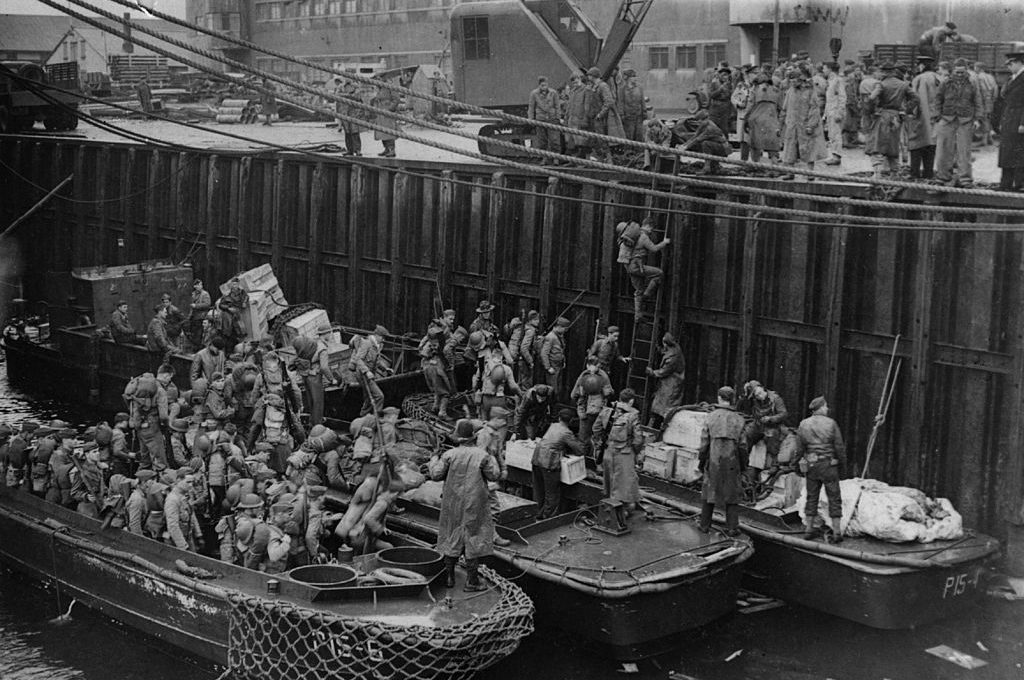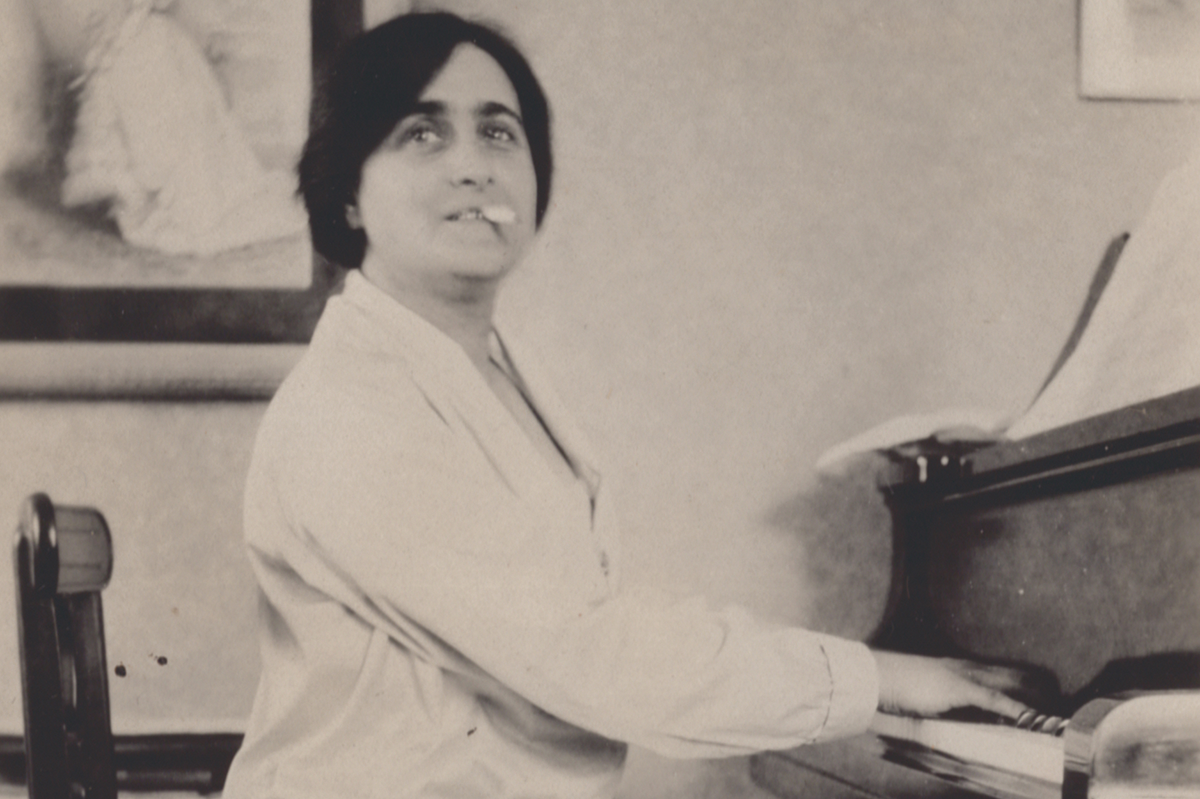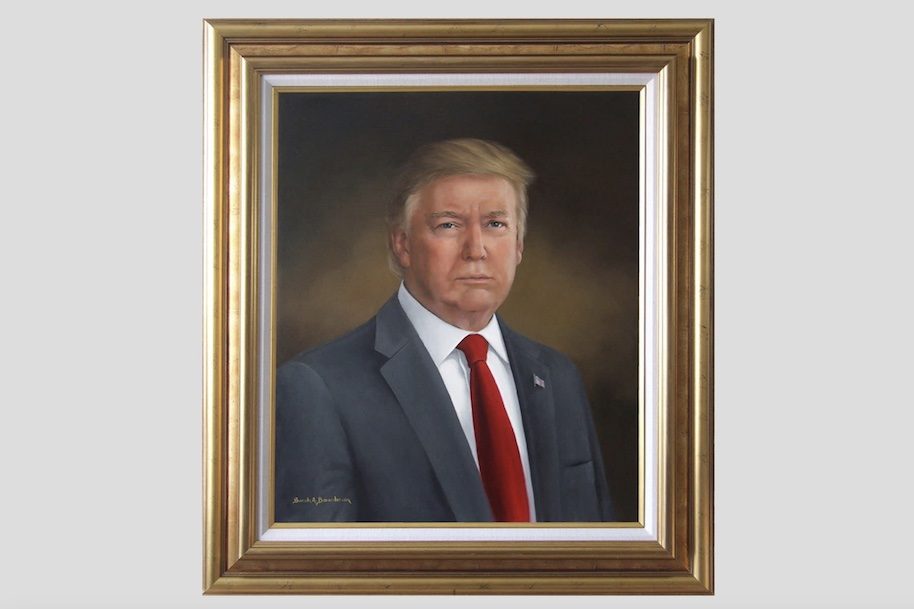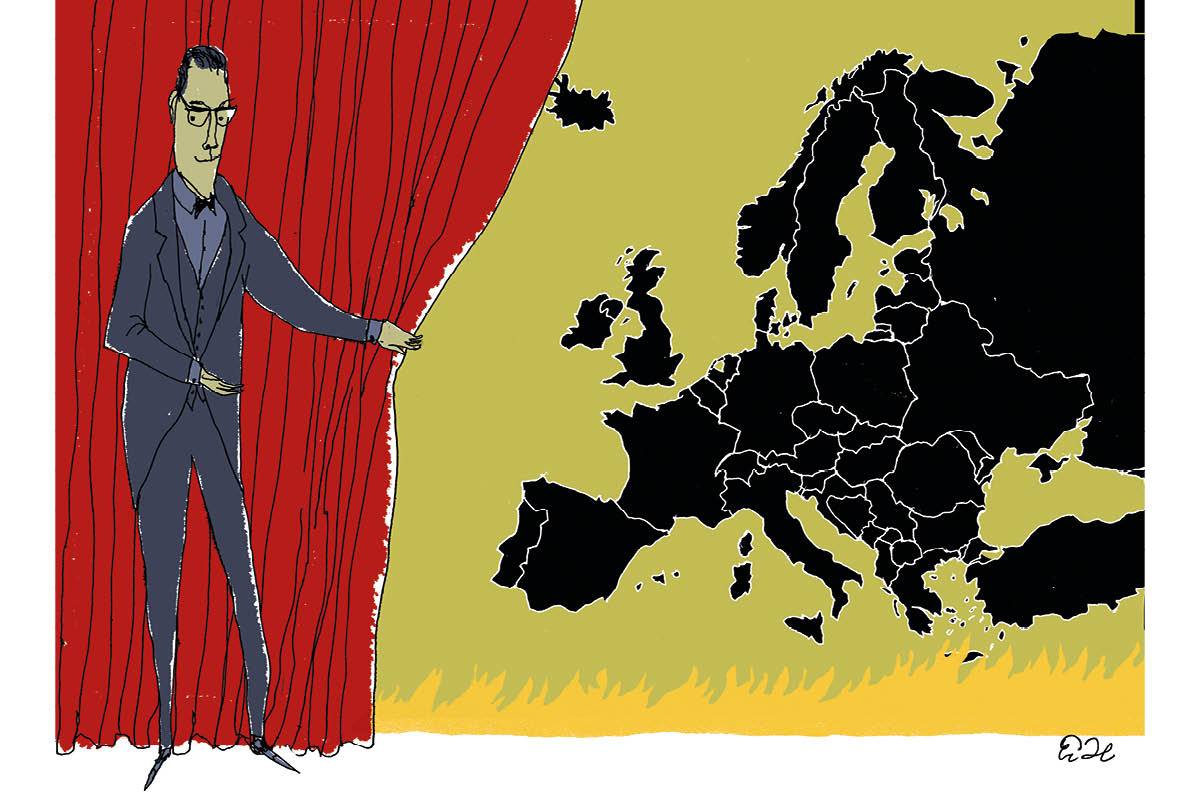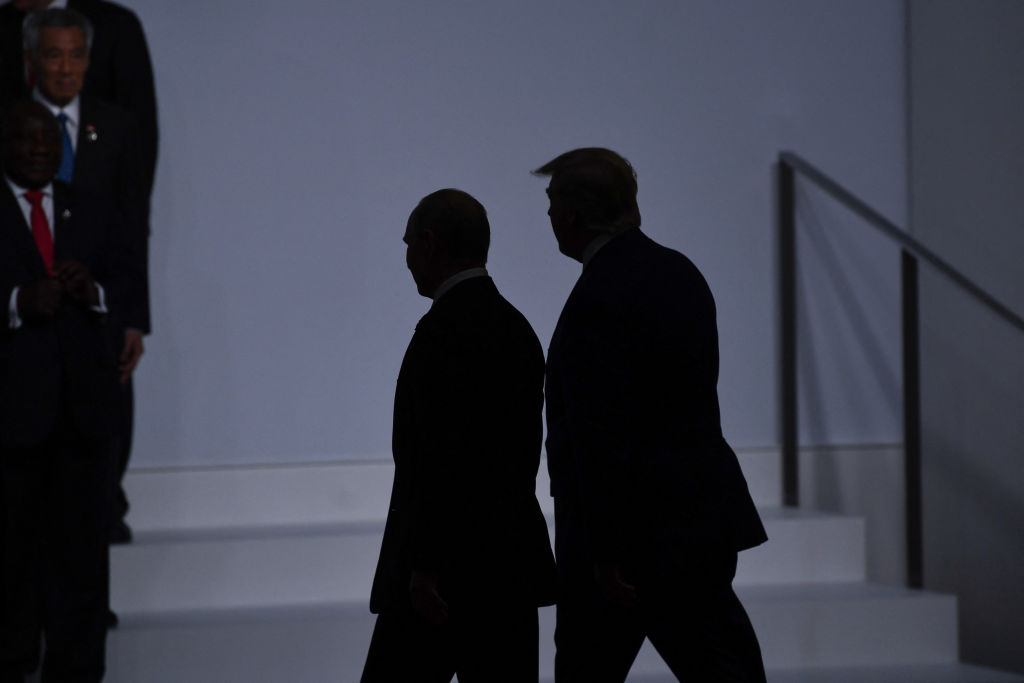May 10, 1940 is known in Britain as the day when Winston Churchill became prime minister. In my home country of Iceland that same day, 80 years ago, is remembered for a very different reason. On the day Churchill took control of defending the United Kingdom against invasion, Iceland was invaded: by the United Kingdom.
When the invading force arrived in Reykjavík in the early hours of the morning they were met by a policeman on a bicycle. What followed turned out to be a quintessentially British — and simultaneously Icelandic — affair.
Since gaining independence in 1918, Iceland had stuck to a policy of neutrality. Britain had already offered the country protection and trade deals in exchange for joining the Allies. After the Germans invaded Norway and Denmark in April, the First Lord of the Admiralty, Winston Churchill, pressed Iceland for an answer. The country declined and a day later sent a message to Denmark to inform them that as King Christian X, monarch of both countries, was no longer in a position to perform his duties, they would be taken over by the Icelandic government. Iceland had decided to go it alone, basing its defense merely on the fact that Iceland was a peaceful nation with no military.
Fearing that Iceland might be next on the list of German targets, Churchill believed it was time to act. In a meeting of the War Cabinet on May 6, Churchill proposed the UK invade Iceland. The proposal was accepted. Having anticipated that conclusion, the future prime minister had started preparations and initiated ‘Operation Fork’. A marine battalion of recent conscripts in Surrey had been given the order to be ready to move up to Greenock in Scotland and then on to an unnamed destination. Railway delays caused most of the marines to arrive in the Scottish town at the same time, making it obvious that something was afoot.
The marines were badly equipped with antiquated weapons and very little training. Some of the soldiers had never fired a gun. Preparations would have to take place on route. Due to various problems departure was persistently delayed. On the morning of May 8 when two cruisers accompanied by two destroyers finally set sail for Iceland, much of the equipment had to be left behind. The new recruits were not used to sea travel, some never having been on boat before, and most of the 746 soldiers suffered terribly from seasickness. Many therefore felt a sense of relief when they approached the largely unfamiliar target.
The British feared that the Germans already had operations in Iceland, including submarines, so when the ships approached Reykjavik in the early hours of May 10, a reconnaissance plane was sent out to search for possible enemy positions. Instructions not to fly directly over the city had gone unnoticed so many townsfolk woke up to the unusual sound of an airplane. A police constable went on his bike to investigate and spotted the ships but was unable to confirm their nationality.
Due to the severe seasickness, transporting the troops between ships and on to land took longer than expected. Once the invading army arrived on shore, the police tried to follow their orders of explaining that, according to the laws of neutrality, no more than three warships could make use of a neutral harbor at the same time.
By then, some locals had started gathering at the harbor. Among them was the British consul who asked a policeman whether he would mind asking people to stand back so that the soldiers could disembark from the destroyer. The policeman replied ‘certainly’ and explained to the small crowd that they were in the way of the invading army.
According to an eyewitness, one bystander grabbed a rifle from a marine and shoved his cigarette in the barrel before throwing it back and saying it was a piece of junk but he should be careful with it. A commanding officer noticed the incident and reprimanded the marine.
Shortly after landing, the soldiers’ attention was drawn to the neoclassical headquarters of Iceland’s main shipping company, which decades earlier had unfortunately decided on a logo which in Iceland was called the Thor’s Hammer, but more commonly known as a Swastika. Having encountered no resistance from the shipping company, the soldiers moved on to the main post office and nailed barely comprehensible flyers to the doors, presumably written on route with the help of a dictionary.
Next was the city’s radio and telecommunication center. There the marines knocked on the door, as a polite invading army does, but the nightwatchman was late in coming to the door (having fallen asleep by some accounts). Consequently the door was broken down, causing what turned out to be the most substantial damage of the initial invasion.
At the same time another group of soldiers had moved to the German Embassy. Not having been met with gunfire, they knocked on the door. The ambassador had been busy burning documents in his bathtub but came to the door and objected to the invasion of a neutral country. He was reminded that Norway and Denmark had also been neutral and then given time to gather his family and pack their belongings before being moved to one of the British ships.
After these initial provisions, British diplomats arrived at the small 18th century building which housed the prime minister’s office (and still does) dressed in top hats and the appropriate attire. The PM strongly objected to this infringement on a neutral country. Nevertheless his words and demeanor echoed the sentiment of the population: he was glad it was them and not the other guys. The British diplomats explained that they were terribly sorry about the inconvenience and gave a promise that the invading force would leave as soon as the war was over. They would not intervene in domestic affairs but would be willing to work with the government and make preferential arrangements for trade.
The prime minister addressed the nation later that day, strongly condemning the invasion but asking people to offer no resistance and treat the British as guests.
When Iceland’s biggest newspaper, the conservative Morgunbladid, gave its account of events the next day, it started by complaining about how many people had been in the streets to ‘stare’ at what was going on. ‘It was most unappealing to witness the people’s ongoing curiosity. However it cannot be denied that it was an unusual sight to see armed soldiers side by side in the streets, particularly while the arrests [of Germans] were being made.’
The paper then ended its report of the events of this historic day by reiterating how inappropriately the locals had behaved during the invasion: ‘The soldiers were talkative towards the locals and seemed to be in good spirits. But far too many people gathered around them or hung around in the street nearby. This may be excusable on the first day due to the novelty of the situation but it would be extremely unpleasant were such conduct to continue’.
Soon reinforcements arrived, first from Canada and before long there were more than 25,000 Commonwealth soldiers in Iceland. The forces made arrangements all over the country to hinder a German invasion and large construction projects followed, including roads, Reykjavik airport and an enormous number of Nissen huts which later provided cheap, albeit not quality, housing for Reykjavik’s growing population.
The invasion of Iceland then led to the United States’ first military engagement in the war, when the US made an agreement with the UK to relieve most of the Commonwealth forces in Iceland in July 1941, long before the US officially entered the conflict.
Relations with the occupying forces remained friendly for the most part. The main problem was the result of tens of thousands of young men living in a small country and coming in to contact with the island’s female population. The results of which were referred to as ‘The Situation’. This situation particularly worsened after the Americans arrived.
Iceland’s economy, however, boomed — having never fully recovered from the Great Depression. Even though a considerable number of Icelanders lost their lives during the war (particularly in the North Atlantic convoys) many people referred to World War Two as ‘the blessed war’ (with a bit of tongue in cheek).
The British invasion of Iceland had a long-lasting effect. After the war, Iceland joined Nato and the US maintained a military presence until 2006 when they formally left, although Iceland still has a Nato base.
In the decades that followed the invasion we have had our quarrels with the British, including three Cod Wars and the Brown government’s use of anti-terrorist legislation against the country during the financial crises. But still we in Iceland continue to hold our southern neighbors in high regard. We learn British English at school, watch British TV and support British soccer teams. We however never got used to your food, apart from fish and chips made from Icelandic cod.
David Gunnlaugsson is a former prime minister of Iceland. The article is based on on newspaper articles from the time, the accounts of my grandparents and the excellent books of historian Þór (Thor) Whitehead on World War Two in Iceland. This article was originally published onThe Spectator’s UK website.



